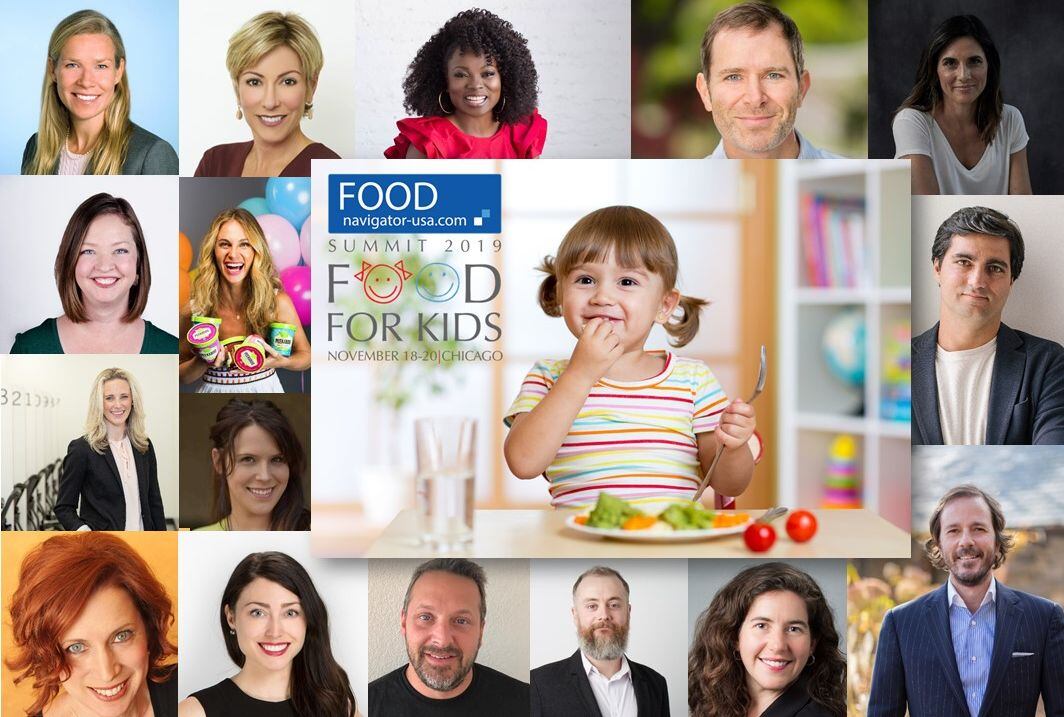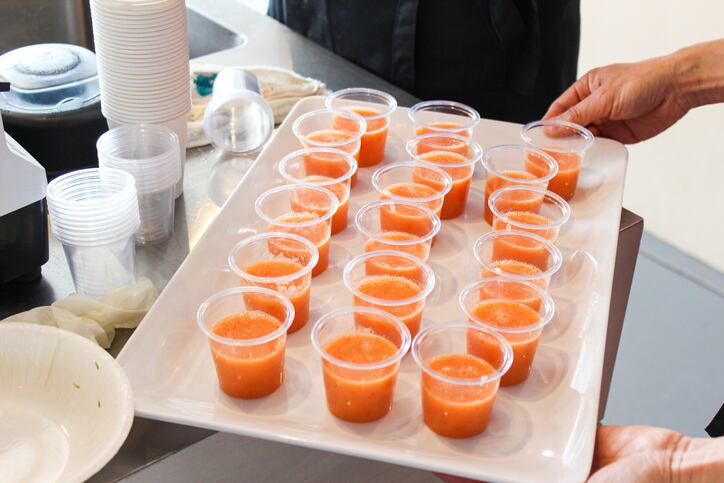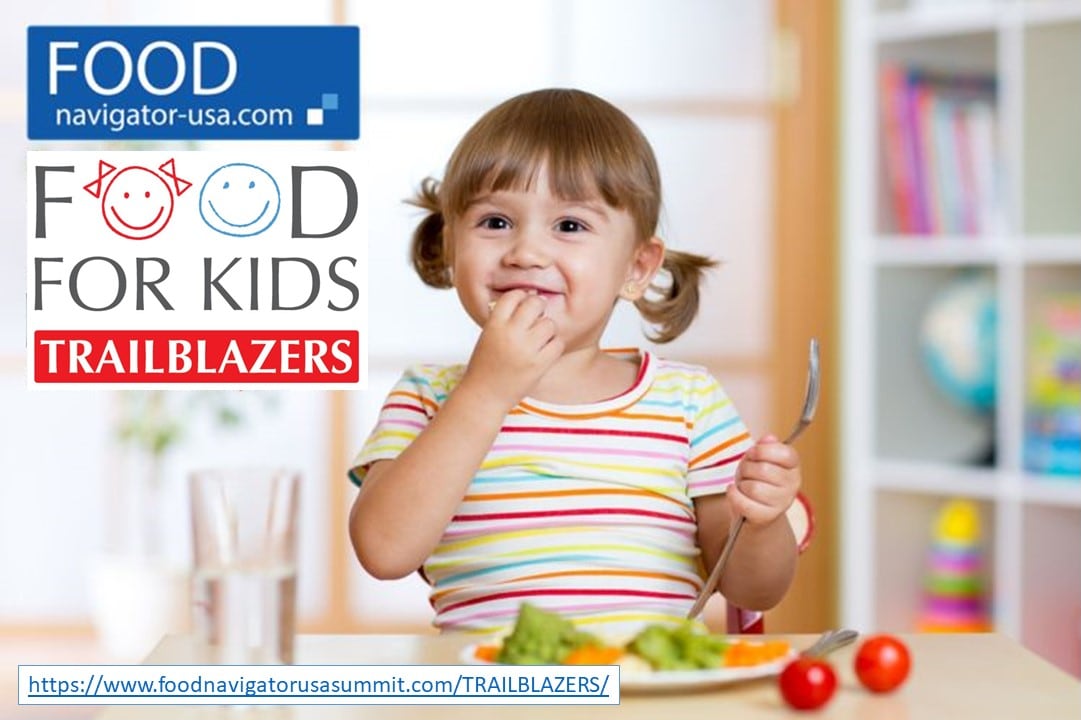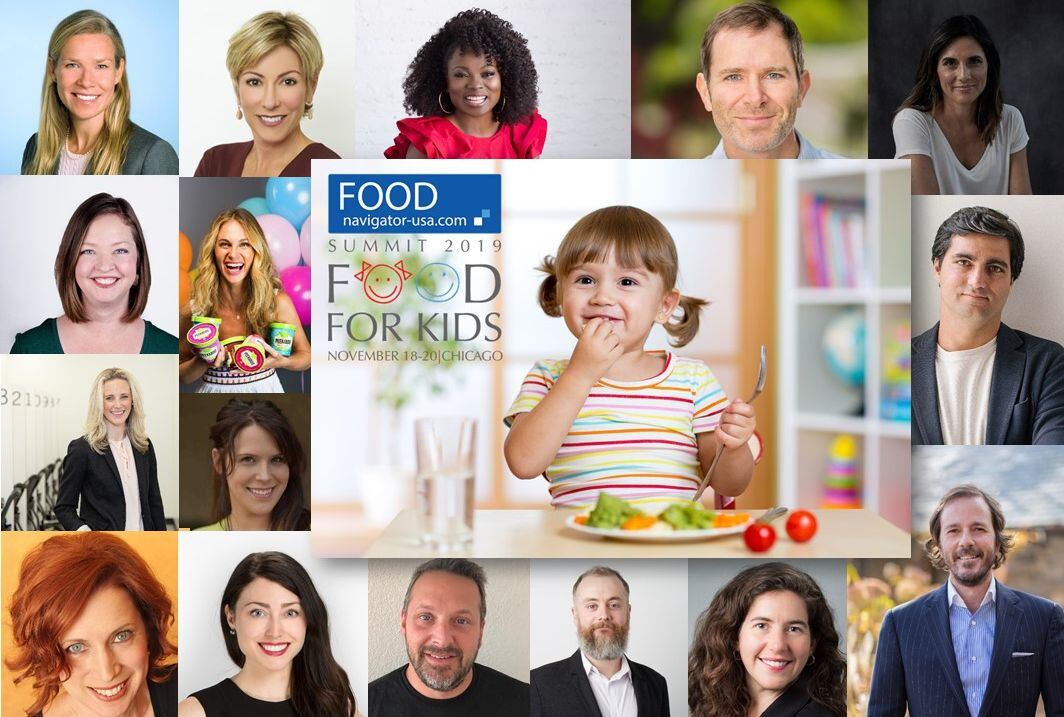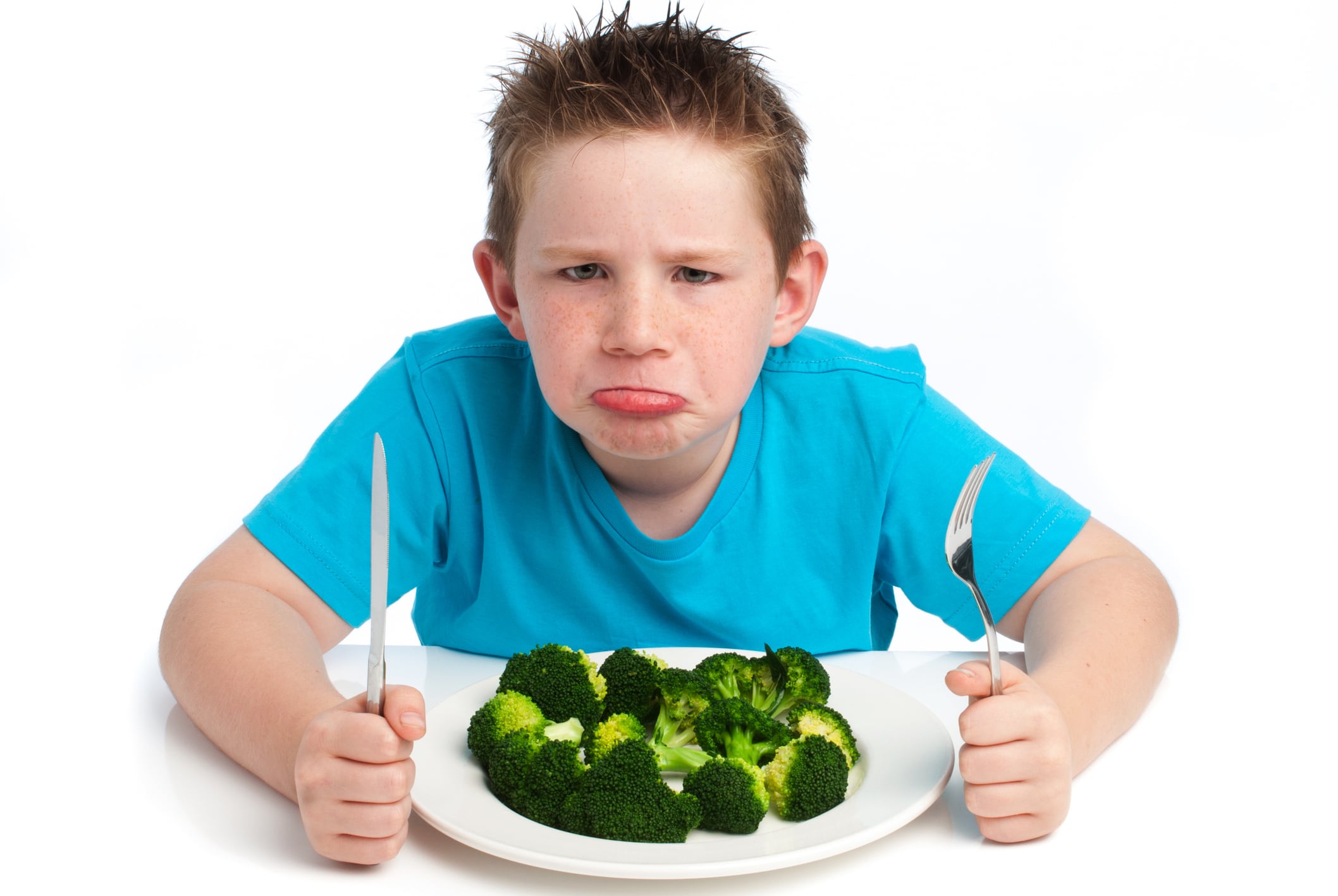“Consumer habits and styles are changing, including where they are shopping, the brands they want, what they look for, the value propositions and claims and packaging and tastes they like – it is all changing,” Curion CEO Sean Bisceglia told FoodNavigator-USA at the Digital Food & Beverage conference in Austin, Texas.
And as such, he explained, companies can no longer rely on old taste test data that may have helped them create successful products in the past but which is no longer current. Neither can they rely on the same old tactics for reaching consumers, such as rounding them up at a mall for a small focus group, in part because these strategies can take too long in today’s rapid innovation cycle, he said.
In response, Bisceglia said, Curion has developed four new ways of connecting with consumers or analyzing taste and sensory data to distinguish whether a new product will be a success.
The first is a new “self-serve” online portal called eFive that launched in February and is all about helping companies “fail fast and fail cheap,” Biscelgia said.
He explained that the sensory and product insights platform is specifically designed for emerging brands – whether at a startup or within a larger established company – that are trying to get to market as fast as possible with a minimally viable product.
Recognizing that emerging brands often have more limited budgets, eFive is an “off-the-shelf” take on Curion’s more traditional and tailored sensory testing that comes in around $7,500 versus $50,000 for Curion’s more premium offerings. The platform allows brands go online and choose how many products it wants to test, where it wants to test them, how many consumers it wants and then “swipe the credit card and off you go,” Biscelgia said.
[Editor's note: See Curion in action at our upcoming Food For Kids conference in Chicago in the fall. Find all the details HERE.]
“Big data” could provide answers to big questions
The second way that Curion hopes to soon help brands is by harnessing the sensory data it has collected from testing more than 7,000 products in 30 categories with more than a half million consumers over the years.
Curion is still working out the kinks on how companies will be able to access the data, but the general idea is that brands can come to Curion with specific questions and based on anonymized past consumer test results Curion can provide detailed guidance and answers.
For example, if a company wanted to launch a new oatmeal but wasn’t sure what type of raisin to include, Curion could comb through its past data to provide insights on how consumers responded to different types of raisins in different oatmeals. Or, if a company wanted to develop an oatmilk, Curion could provide guidance on what qualities consumers like and don’t like about the category.
“We might be putting ourselves out of business with this, but the data we have is very valuable and can be harnessed to help brands go to market faster and be more agile,” he said.
Curion hopes to pilot this “big data play” by January 2020, and then make it available more broadly after that.
Life Labs allows for real life testing
The third way that Curion already is helping brands gather consumer insights in today’s quickly evolving world, is through its Life Labs program, which is about to get a boost with a few prospective in context partners.
“We are exploring a potential partnership with an international shared workspace. This will allow us to pop-up anywhere in their 300 locations” to test a product and gain consumer insights in a real-life environment, Biscelgia said.
The Life Labs program also works with gyms and other community hubs to test products “in a more natural environment” with people who are eager to be apart of the creation process, he added.
Behavior scientists in the Life Labs program also offer virtual reality rooms where they create mock ups of how a product might look on a store shelf and then tracks participants decision-making process as they “shop” and evaluate products.
The fourth way that Curion hopes to help companies evaluate potential products is by expanding all of its services beyond just food and beverage to include testing consumers’ sensory experiences with electronics, automobiles, packaging and more, Biscelgia said.
“Right now we are only in food, but I see a lot of potential beyond food that will follow the same general testing principles,” he said.
Yuck or yum? Learn from Curion about how it conducts product testing with kids at the FoodNavigator-USA FOOR FOR KIDS summit November 18-20.
